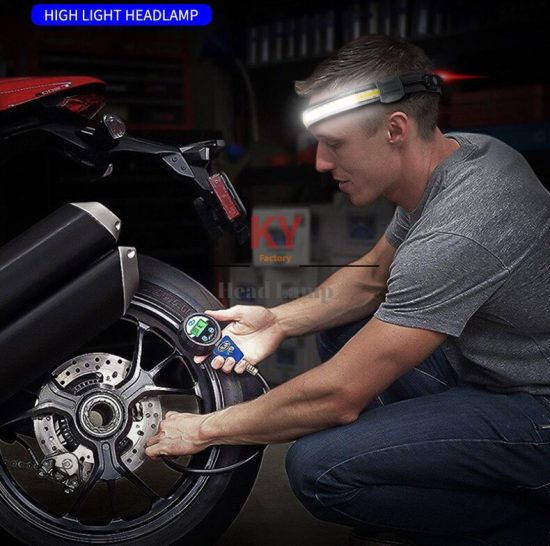The brightness and power of flashlights have significantly evolved in recent years due to advancements in led technology, battery efficiency, and innovative designs. Here’s a look at how flashlights have reached new levels of brightness and capabilities:
Lumens and brightness:
Lumens output: Modern flashlights can produce a wide range of lumens, from a few dozen to several thousand. This measurement indicates the brightness level the flashlight emits.
High lumens performance: High-powered flashlights, often used in tactical or professional settings, can produce incredibly bright outputs exceeding 1000 to 5000 lumens and sometimes even more.
Multiple brightness modes: Flashlights often come with multiple brightness settings, allowing users to adjust the output according to their needs, conserving battery life when maximum brightness isn’t necessary.
Technological advancements:
Led technology: Light emitting diodes (leds) are the primary light source in modern flashlights. They consume less power while producing brighter light compared to incandescent bulbs.
Efficient batteries: Lithium-ion batteries have improved energy density and rechargeability, allowing flashlights to maintain high brightness levels for longer durations.
Heat management: Innovative designs incorporate better heat dissipation systems to manage the heat generated by high-output leds, ensuring optimal performance without damaging the flashlight.
Specialized uses:
Search and rescue: High-powered flashlights with extraordinary brightness levels are used in search and rescue operations, helping teams cover large areas with intense light.
Tactical applications: Tactical flashlights are designed for military, law enforcement, and security purposes. They offer high lumens output, ruggedness, and often include strobe or sos modes for signaling.
Cutting-edge flashlights:
Laser-assisted flashlights: Some flashlights incorporate laser technology, combining traditional light with laser beams for enhanced precision or signaling.
Customizable flashlights: Certain models allow users to swap out components, such as leds or lenses, to adjust beam patterns or customize brightness levels.
Smart flashlights: Advancements include bluetooth connectivity, mobile app controls, or sensors that adjust brightness automatically based on surrounding light conditions.
Future innovations:
Increased efficiency: Ongoing advancements aim to improve led efficiency, achieving higher lumens output while consuming even less power.
Integration with other technologies: Flashlights may incorporate features like gps, compasses, or other tools to enhance functionality.
The power and brightness of flashlights continue to evolve, catering to various needs from everyday carry and outdoor activities to specialized professional applications, promising even more innovation and efficiency in the future.


